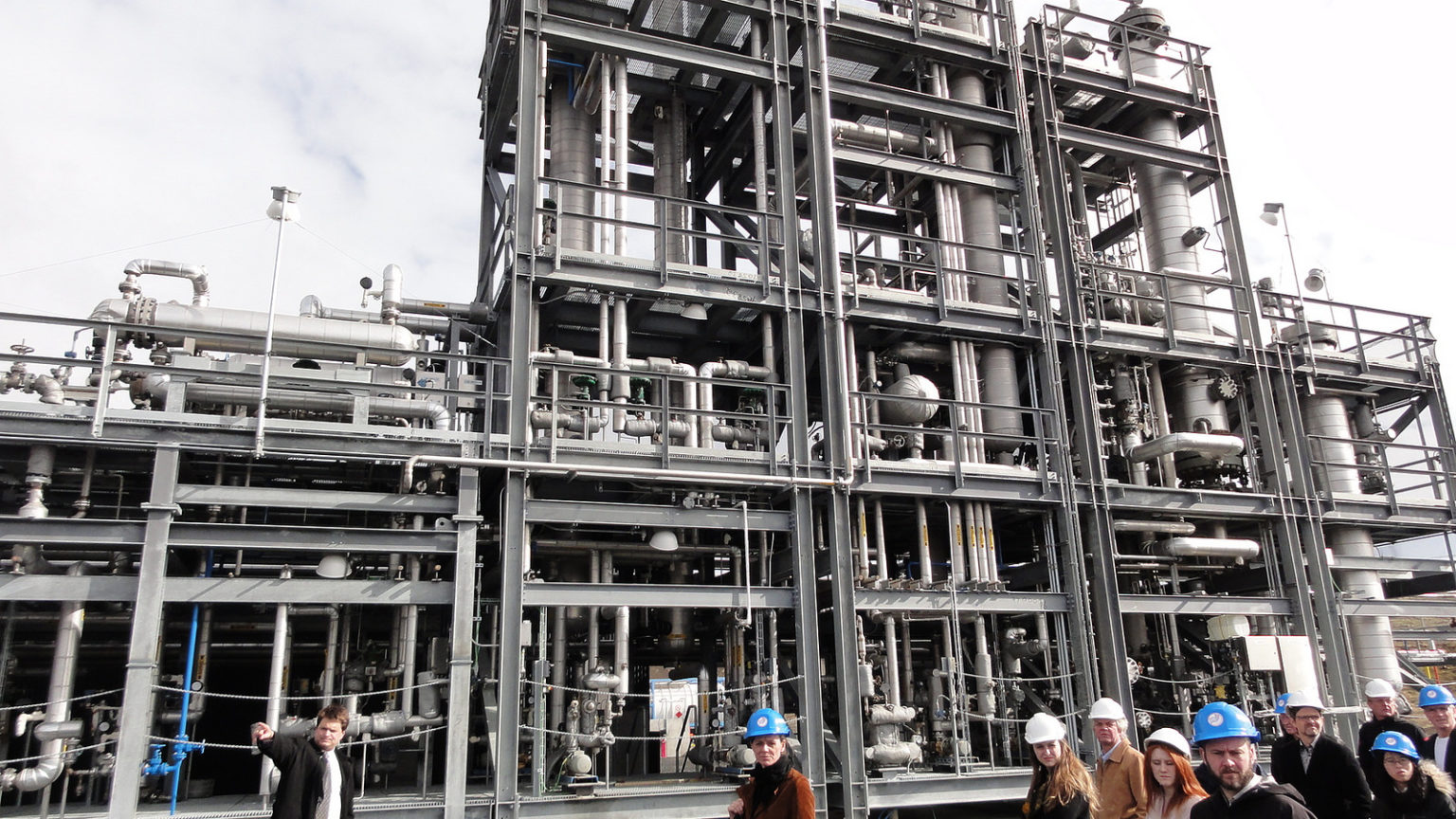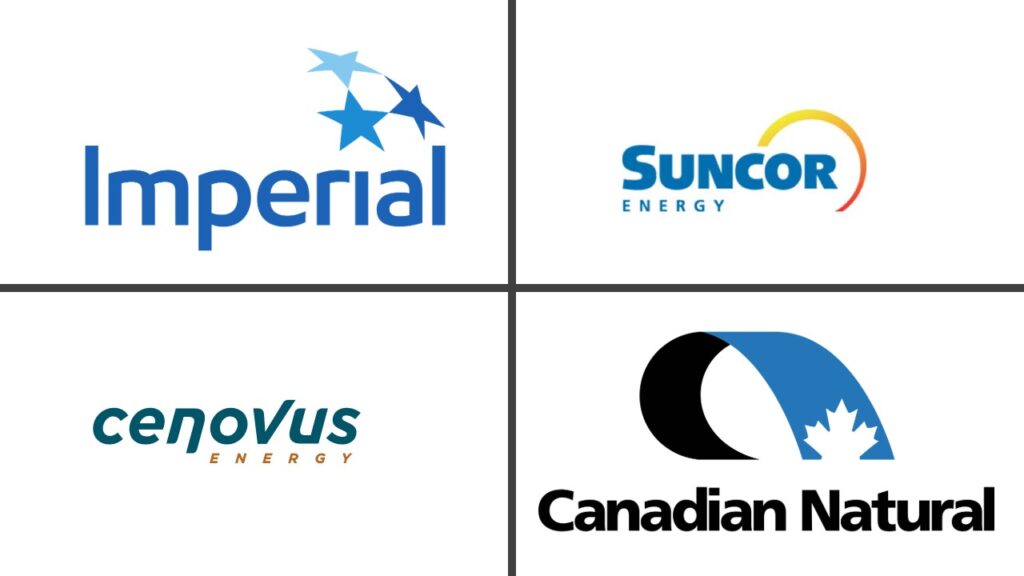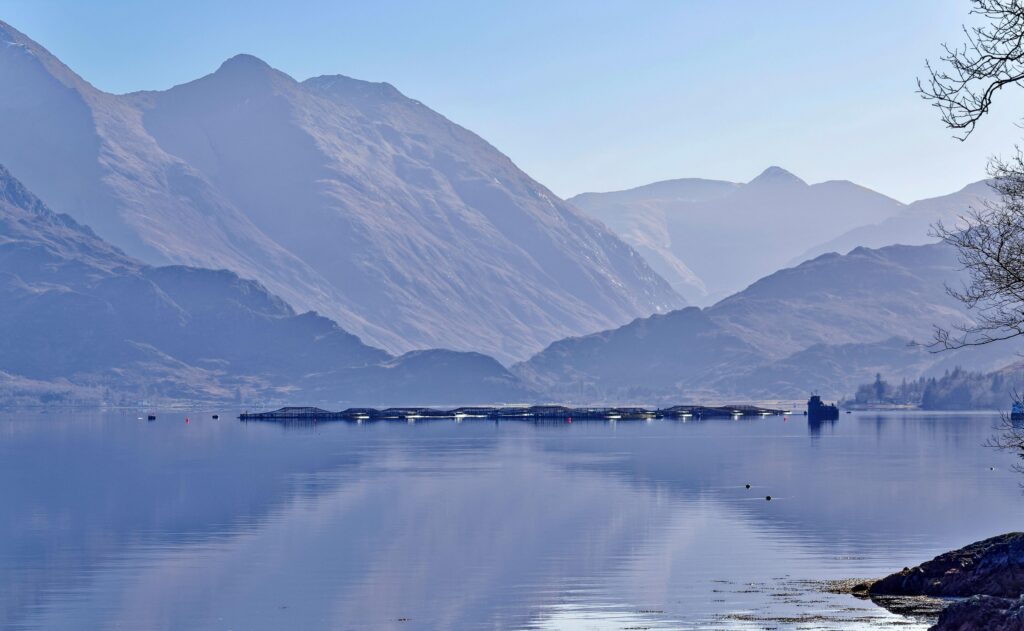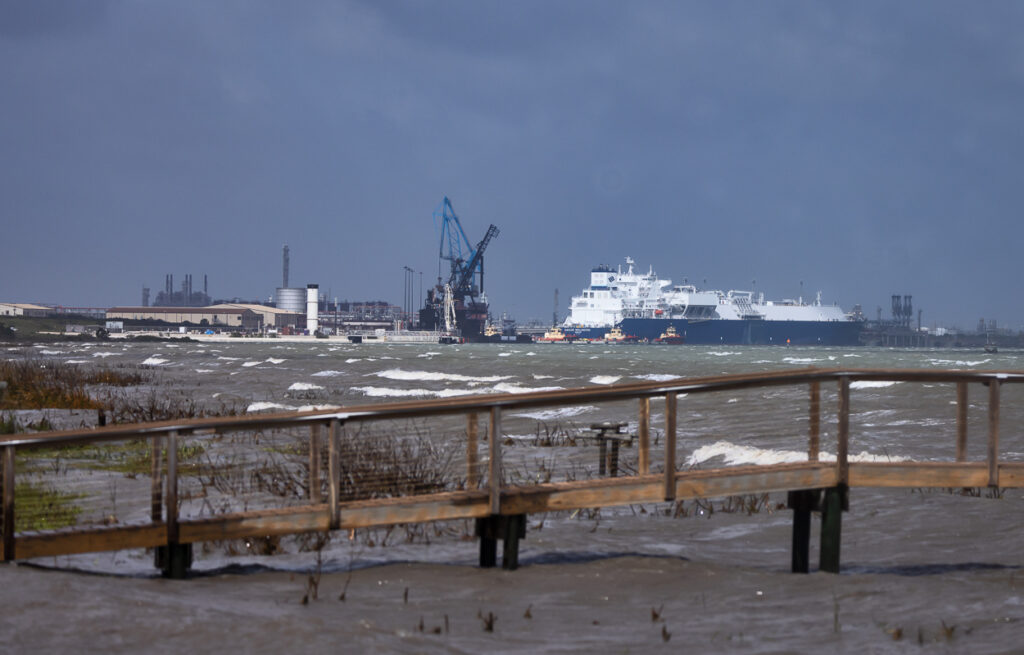By Stephen Quirke
Last month one of the largest fracked gas projects in the Pacific Northwest was dealt a legal blow when its development permit was canceled for failing to fully account for the plant’s greenhouse gas emissions.
The project, backed by Northwest Innovation Works (NWIW), would refine fracked gas into methanol, an industrial feedstock used in chemical production, that would be shipped in bulk from Kalama, Washington, to China, where backers say it will produce plastics.
Sited on the Columbia River along the Washington-Oregon border, the refinery would cost $1.8 billion to construct. It has attracted the support of Washington Governor Jay Inslee, as well as former Governor and U.S. Secretary of Commerce Gary Locke, who became chair of the company’s Global Advisory Board last December.
Driving the Fracking Industry
One of the most controversial aspects of the project involves its high-volume demand for fracked gas. A recent report from the Sightline Institute, a sustainability think tank, explains how these types of gas projects in the Northwest are helping to “drive the Canadian fracking industry,” even as opposition to hydraulic fracturing (fracking) has evolved from the grassroots to peer-reviewed science.
In its September 15 decision, the Washington State Shoreline Hearings Board found that the methanol project’s Environmental Impact Statement was incomplete and therefore could not support the construction permits previously issued. That’s because its original statement claimed the project would not significantly impact the environment.
However, as the hearings board pointed out, it ignored both the upstream impacts of extracting and transporting gas and the downstream impacts of transporting and using methanol in China.
The board sent its decision back to Cowlitz County and the Port of Kalama, giving them the opportunity to complete a thorough greenhouse gas analysis.
That analysis likely would have to account for the methane leaking from existing gas wells and transmission pipes, and could potentially include the impact of a new regional pipeline.
Documents from both Northwest Natural and the Northwest Gas Association show that the economics of building new regional transmission pipes depends heavily on the demand for methanol exports. The Northwest Gas Association even writes that two of NWIW‘s proposed projects would consume “almost one quarter of the region’s current average daily load.”
Yet the refinery’s Environmental Impact Statement made no mention of the potential for a major new gas pipeline necessary to supply the plant.
Including such impacts could make it difficult for NWIW to finish a project it has called “one of the most environmentally responsible, advanced manufacturing plants ever built,” citing the fact that the methanol is being produced from natural gas instead of coal.
The Cowlitz Tribe and environmental organizations such as Columbia Riverkeeper, who appealed the permit approvals to the hearings board, disagree with this characterization.
In April last year Cowlitz Tribal Chairman Wilham Iy sent a 10 page letter to the state Department of Ecology opposing the methanol project. He cited disrupted restoration projects, impacts to traditional foods, and the need for a “broader approach” to uncover the full extent of the refinery’s greenhouse gas pollution.
Chairman Iy took particular issue with fracking as part of the project’s supply chain. Fracking is “leaving behind contaminated water, polluted air, and marred landscapes,” he wrote, adding that “a growing body of data indicates that fracking is an environmental and public health disaster in the making.”
A Passing Gas
A new analysis of the project will have to contend with this growing scientific evidence to comply with the hearings board. It will also have to account for the fact that methane leaking from gas wells, pipes, and compressor stations across North America now appear greater than ever before.
Among fossil fuels, these leaks are significant enough to make natural gas the most serious short-term driver of global climate change.
According to Cornell University professor Robert Howarth, natural gas is already worse for the climate than other fossil fuels once taking into account methane leaks throughout the full supply chain.
That’s because the climate impact of natural gas occurs primarily over a 10 to 20 year period, when unburned gas (primarily methane) rapidly accelerates short-term global warming. Methane has been classified as one of three “super pollutants,” which are slowly becoming priorities for international diplomacy and negotiated phase-outs.
Methane only stays in the atmosphere for about 12 years.
According to Howarth, over the next 20 to 30 years the Earth could reach temperatures high enough to trigger a catastrophic release of methane currently locked up in Arctic permafrost. Such a result “would dwarf any possible benefit from reductions in carbon dioxide emissions over the next few decades (e.g., switching from coal to natural gas…).”
Howarth’s evaluation relies heavily on our shared understanding of how much gas is leaking.
Many sources report that if just 3 percent of natural gas in the system is leaking into the atmosphere unburned, reliance on natural gas is already doing as much climate damage as burning coal and oil. Biogeochemist William Schlesinger puts the number much lower — at just 1 percent. And research indicates at least this much is already leaking. One study in Colorado found upstream leakage as high as 11.7 percent.
It remains a favorite claim of the oil and gas industry to say that natural gas is reducing risks to the climate — despite abundant evidence to the contrary. As companies pivot to solidify demand for gas by exporting products such as liquefied natural gas (LNG) and methanol, their promises are coming under mounting scrutiny.
Now that the state of Washington is also pressing this claim, it remains to be seen whether NWIW’s methanol export plant can stand up to the climate test.
Main image: Opening of a CO2-to-methanol plant at Svartsengi Geothermal Power Plant, Reykjanes, Iceland. Credit: ThinkGeoEnergy, CC BY 2.0
Subscribe to our newsletter
Stay up to date with DeSmog news and alerts






